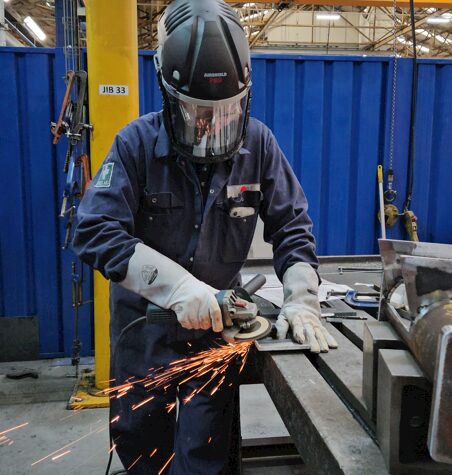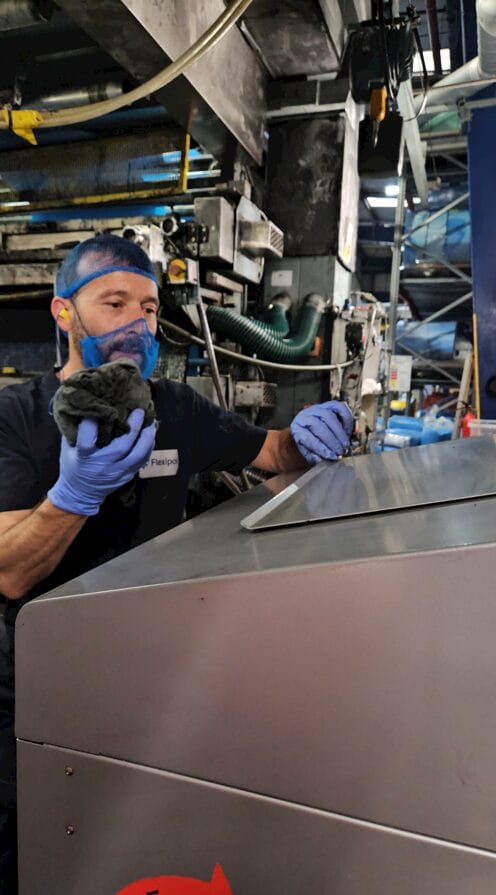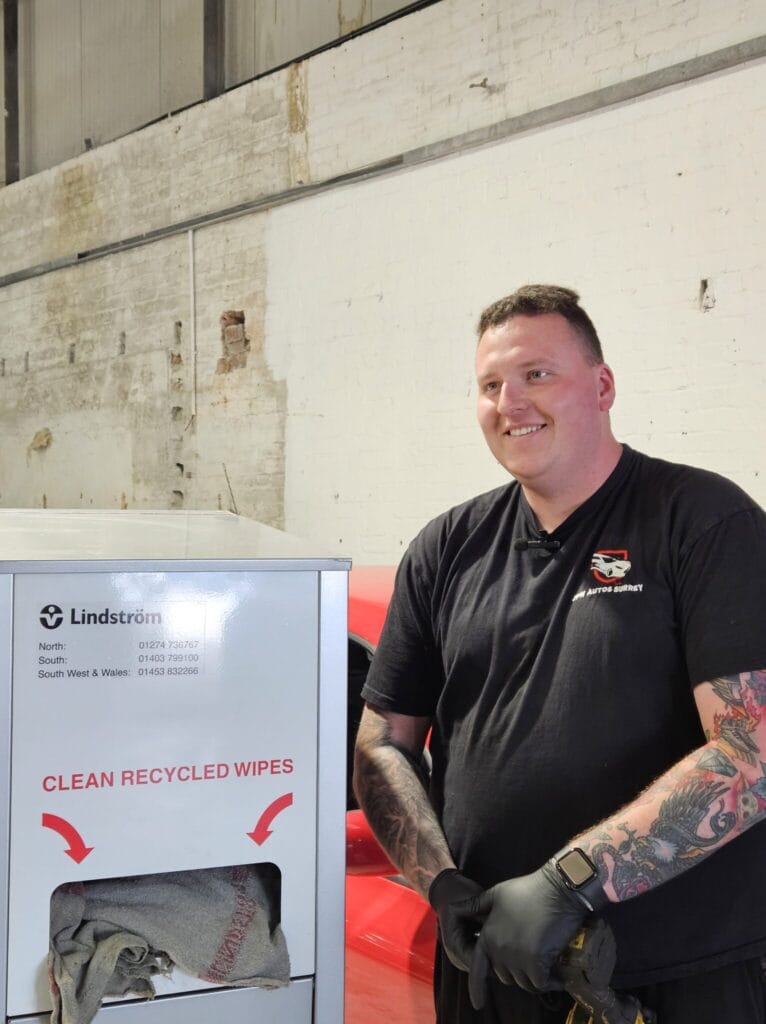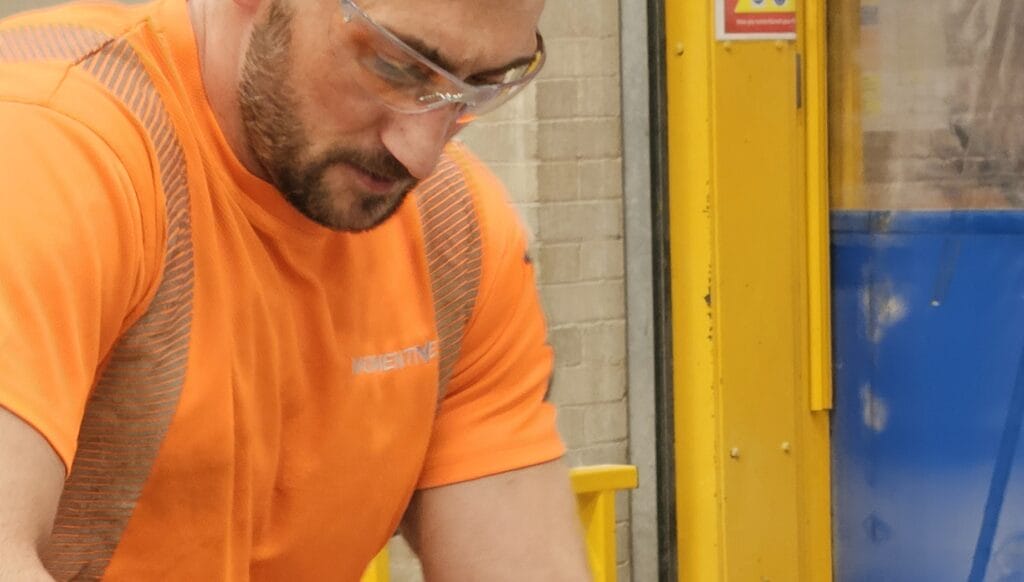Customer Stories
Stories of businesses transforming operations with textile rental services.


By partnering with Lindström UK, NOV gained more than just a supplier. – They gained a seamless, ongoing service that combines digital convenience with personal on-site support.

Flexipol Packaging, the UK’s leading manufacturer of innovative sacks, bags and liners, has relied on Lindström’s Industrial Wiper Service for over a decade. But in Q3 2024, they made a strategic switch — transitioning from bag-based servicing to Lindström’s metal dispensing and storage solution.

Discover how JPW Autos used Lindström’s instant-estimate tool to cut waste, save costs, and boost workshop efficiency with sustainable reusable wipers.

